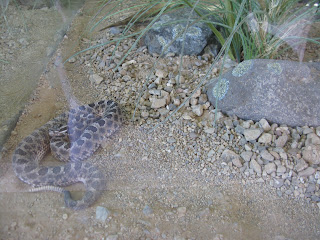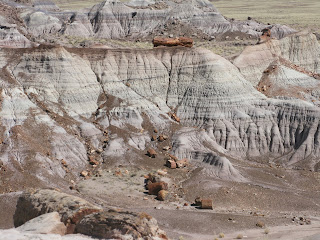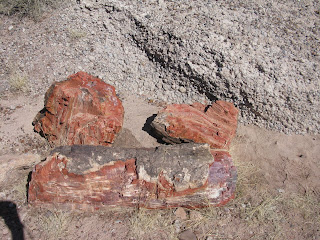For our first day we decided to go to the Yuma Lettuce Festival so we started early so we could see as much as possible.
Once there we took part in the Leapin' Lettuce, Cantaloupe Clap, Broccoli Bump, Tangelo Tiptoe and Medjool march. A few fun activitities to get things started.
We then went on the agricultural tour provided by the festival to educate people about some of the crops and growing practices in Yuma. Yuma is known as "the sunniest place on earth" and its warm temperatures year round allow it to produce crops without interruption. As long as it is irrigated the rich soil which was mainly deposited there by the Colorado River is exceptionally fertile. Water for irrigation comes primarily from the Colorado River.
The Colorado River
175 different crops are produced in the Yuma area some of which include citrus, cotton, alfalfa, grains, dates, cauliflower, broccoli, to name a few and of course lettuce of all sorts.
Yuma is the winter vegetable capital of North America.
Many fields grow a variety of lettuce types and harvest them together for blended salads. Now you know where your spring mix salads come from.
This is a field of red leaf lettuce
Each field is lazer leveled and graded using GPS technology to make the most of the irrigation system.
Lettuce harvester
Workers harvesting a field.
Each bus that brings the workers to the fields is equipped with portable toilets and sanitizing facilities.
Most of the vegetables are packed for shipping on the field and then taken to a facility to flash cool them before they begin their journey to where ever they are being sent.
Yuma is the largest producer of Medjool Dates.
Desert Durum Wheat is produced and 100% of it is exported to Italy for the making of premium pasta.
After our agricultural tour we looked around the festival grounds noticing some popular companies in the vegetable industry.
We hand a bit of fun with the fruit/vegetable artist until he threatened Wanda. Not before he made her a rose out of a turnip though!
Ray Duey . He carved all the fruit and vegetables that are in that display.
We also saw some ice carvers working their magic even on a very hot day.
We got to see some great dancing as well and hear some great music.
Good company, good food and good entertainment what more could you ask.


















































